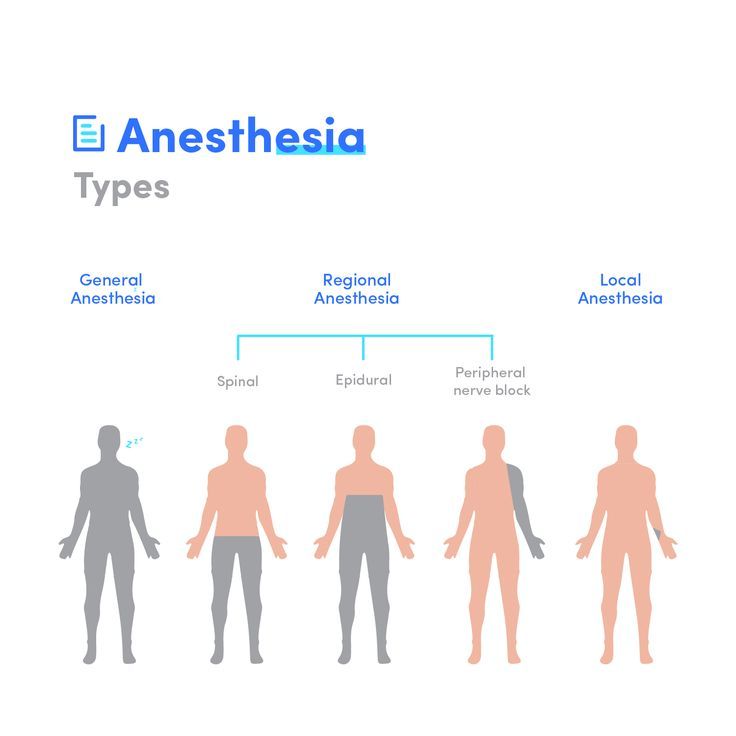Anesthesia




Bringing Comfort Through
the Power of Anesthesia
The Magic of Anesthesia: Unraveling the Mystery
I’ll be the first to admit it – I was always curious about what happens when you’re put under anesthesia. You know, that feeling of being completely relaxed and carefree, like you’re floating on a cloud? It’s a pretty amazing sensation, but have you ever stopped to think about how it actually works? As someone who’s about to undergo a medical procedure, it’s natural to have questions about anesthesia. So, I decided to do some digging and explore the fascinating world of anesthesia.
The Science Behind Anesthesia
From what I’ve learned, anesthesia is a complex process that involves a combination of medications, gases, and techniques to ensure you’re comfortable and pain-free during a medical procedure. When you’re given anesthesia, it affects your brain and nervous system, blocking the pain signals that would normally reach your brain. This is achieved through a process called anesthesia induction, where a medication is administered to slow down your heart rate, breathing, and brain activity. It’s like a temporary “pause” button for your body! I was surprised to learn that anesthesiologists have to carefully balance the right combination of medications to ensure you’re comfortable, but not too comfortable – if that makes sense.


The Role of Anesthesiologists
Anesthesiologists are the unsung heroes of the medical world. They’re the ones responsible for ensuring your safety and comfort during a procedure. They monitor your vital signs, adjust the anesthesia levels, and make sure you’re breathing properly. It’s a high-stakes job that requires years of training and expertise. I have to admit, I have a newfound respect for anesthesiologists after learning more about their role.

The Different Types of Anesthesia
Did you know there are different types of anesthesia? Yep, it’s not just one-size-fits-all! There’s general anesthesia, which is what most people think of when they hear the word “anesthesia.” This is where you’re completely unconscious and unaware of what’s happening. Then there’s regional anesthesia, which numbs a specific area of your body, like your arm or leg. And finally, there’s local anesthesia, which numbs a small area, like a tooth or skin lesion. Each type has its own benefits and risks, and your anesthesiologist will help determine which one is right for you. I was surprised by the range of options available.

The Future of Anesthesia
Anesthesiologists are the unsung heroes of the medical world. They’re the ones responsible for ensuring your safety and comfort during a procedure. They monitor your vital signs, adjust the anesthesia levels, and make sure you’re breathing properly. It’s a high-stakes job that requires years of training and expertise. I have to admit, I have a newfound respect for anesthesiologists after learning more about their role.
The Truth Revealed: Debunking Common Misconceptions About Anesthesia
I still remember the first time I had to undergo surgery. I was nervous, to say the least. The thought of being put under anesthesia was daunting, and I had a million questions running through my mind. What would it feel like? Would I be in pain? Would I wake up okay? Fast forward to today, and I’ve learned that most of what we think we know about anesthesia is based on myths and misconceptions. It’s time to set the record straight!

The “I’ll Never Wake Up” Fear: Putting Your Mind at Ease
Now, let’s talk about the elephant in the room: the fear of not waking up from anesthesia. I get it – it’s a scary thought. But, here’s the thing: anesthesia is incredibly safe. In fact, the risk of complications from anesthesia is extremely low – we’re talking less than 1 in 100,000. To put your mind at ease, anesthesiologists use advanced monitoring equipment to keep a close eye on your vital signs throughout the procedure. They’re also trained to respond quickly in the unlikely event of an emergency. It’s like having a team of superheroes watching over you!
The “I’ll Be Out Cold” Myth: What to Expect During Anesthesia
So, what does it feel like to be under anesthesia? Well, it’s not like being “out cold” or in a coma. In reality, anesthesia is more like a deep, relaxing sleep. You won’t feel any pain or discomfort during the procedure, and you might not even remember anything afterwards. Depending on the type of anesthesia used, you might feel a bit groggy or disoriented when you wake up, but this is usually short-lived. I’ve heard some people describe it as feeling like they’ve just woken up from a long, cozy nap.
In conclusion, anesthesia is a remarkable medical advancement that has revolutionized the way we experience surgery. By understanding the facts and debunking common misconceptions, we can feel more confident and prepared for our procedures. So, the next time you’re facing surgery, remember: anesthesia is your friend, not your enemy!
Author : Dr. Niraj Mishra

Celebrating World Anaesthesia Day 2024
As I sit here, reflecting on the wonders of modern medicine, I’m reminded of the incredible impact anaesthesia has had on our lives. October 16th marks World Anaesthesia Day, a celebration of the discovery that has revolutionized the way we experience surgery. Today, I want to take you on a journey to explore the fascinating world of anaesthesia and why this day is so significant.
A Brief History of Anaesthesia
You might be surprised to know that anaesthesia has been around for over 170 years! The first public demonstration of anaesthesia took place on October 16, 1846, by Dr. William Morton, an American dentist. He used diethyl ether to anaesthetize a patient, making it possible to perform pain-free surgery. This groundbreaking moment paved the way for the development of modern anaesthesia, transforming the medical landscape forever. Fast forward to today, and anaesthesia has become an integral part of medical care, used in millions of surgeries worldwide every year.


The Unsung Heroes of Anaesthesia
As we celebrate World Anaesthesia Day, let’s take a moment to appreciate the dedicated professionals who work tirelessly behind the scenes. Anaesthesiologists, nurse anaesthetists, and anaesthesia technicians are the unsung heroes of the medical world. They work together as a team to ensure patients receive the best possible care, often going above and beyond to make sure we’re comfortable and safe during surgery. Their expertise and attention to detail are truly remarkable, and we’re grateful for their hard work and dedication.
The Future of Anaesthesia: Exciting Developments Ahead
As medical technology continues to advance, the field of anaesthesia is also evolving rapidly. Researchers are working on developing new, more effective anaesthetic agents, as well as innovative techniques to improve patient outcomes. One area of particular interest is the use of virtual reality to reduce anxiety and pain in patients undergoing surgery. Imagine being able to relax and distract yourself from the surgical process by immersing yourself in a calming virtual environment! It’s an exciting time for anaesthesia, and we can’t wait to see what the future holds.

Raising Awareness and Giving Back
World Anaesthesia Day is not only a celebration but also an opportunity to raise awareness about the importance of access to safe anaesthesia care globally. Unfortunately, many people around the world still lack access to basic anaesthesia services, resulting in unnecessary suffering and even death. Organizations like the World Federation of Societies of Anaesthesiologists (WFSA) are working tirelessly to address this issue, providing training and resources to anaesthesia professionals in low-income countries. As we celebrate this special day, let’s also remember to give back and support these efforts to make anaesthesia care a reality for all.
Author : Dr. Niraj Mishra

